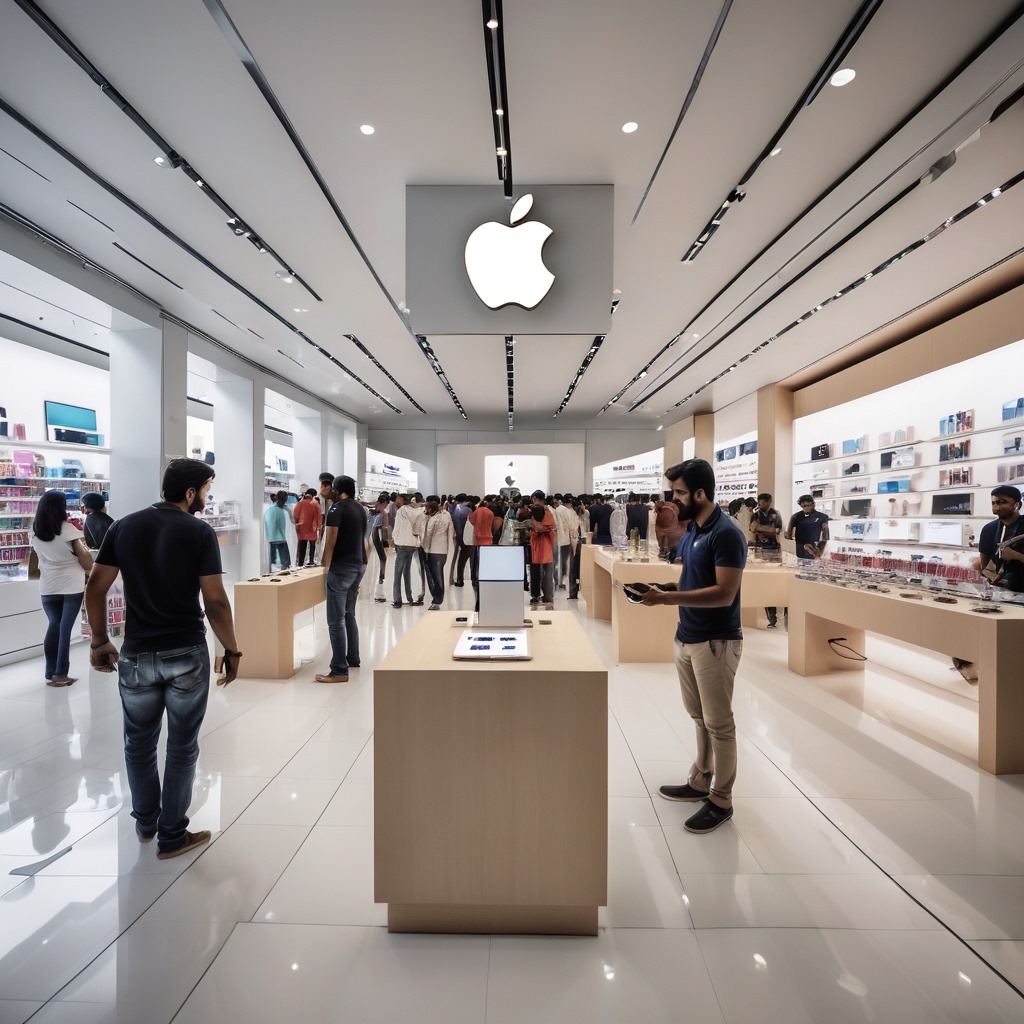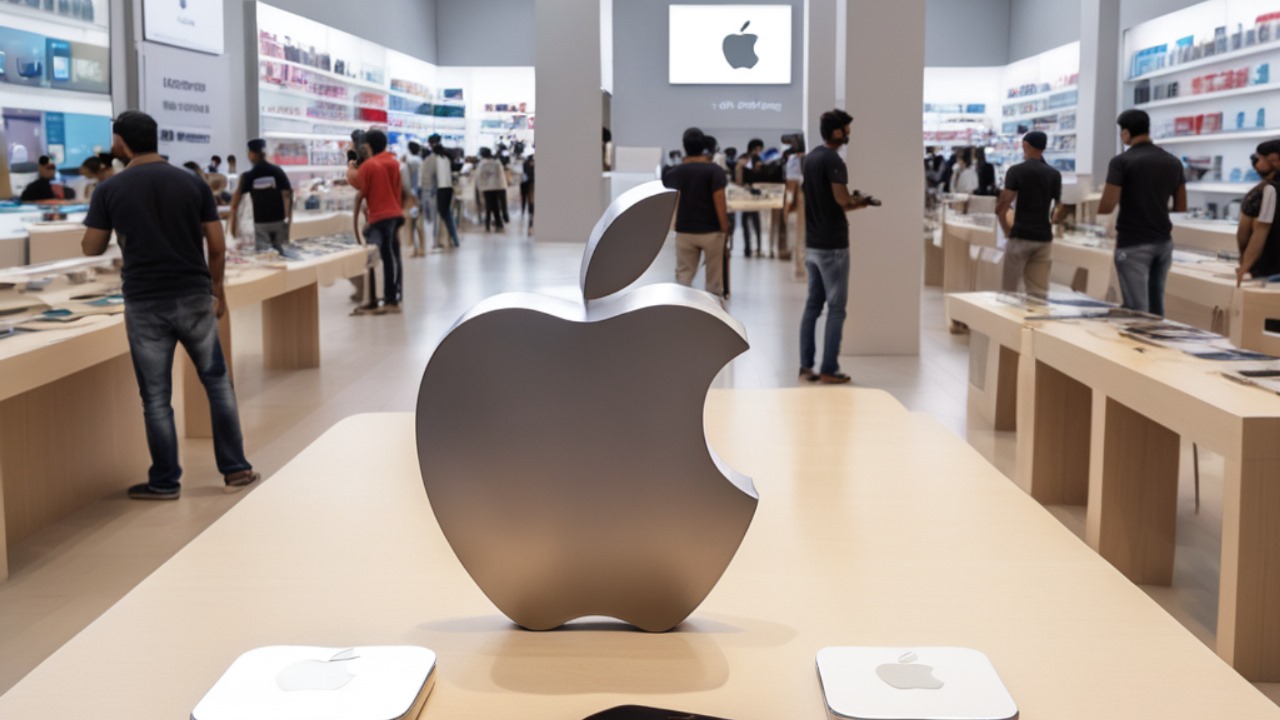Overview:
Apple products are considered symbols of luxury innovation and status in India’s rapidly changing mobile technology landscape. However a complex ecosystem of pricing distribution and market dynamics that directly affects the experience of offline mobile retailers lies behind the svelte design and state-of-the-art technology. This piece explores the difficulties faced by physical retailers in India selling Apple products going into detail about pricing strategies distribution tactics and how changing consumer behavior is influencing the industry.
The Pricing Conundrum:
One of the main complaints made by physical mobile retailers in India is about Apple’s pricing policies. Apple strictly controls product pricing in contrast to other smartphone manufacturers who give retailers more latitude in determining prices and providing discounts. Retailers that wish to stand out from the competition or draw in customers with competitive pricing strategies will find it difficult to do so with this set price structure.
Because online retailers can use pricing as a major selling point to entice customers brick and mortar stores frequently find themselves at a disadvantage. Moreover, offline retailers face difficulties due to the high cost of Apple products particularly in markets like India where price sensitivity plays a big role in influencing decisions to buy. Although Apple’s premium pricing strategy fits with its brand image and target market many Indian consumers may choose to forego Apple in favor of competitor’s more reasonably priced products.
Disparities in Distribution:
The difference in distribution channels between online and offline platforms is another problem aggravating the discontent among offline retailers. Online retailers frequently receive special treatment from Apple in the form of access to new product releases promotions and exclusive offers.
Conversely, because they do not receive the same level of assistance and incentives from Apple physical retailers find it difficult to compete on an equal basis. Additionally offline retailers face financial hardships when required to maintain a specific level of inventory especially smaller retailers with limited resources. While dealing with erratic demand and market swings offline sellers must manage stock levels in contrast to their online counterparts who can operate with less inventory and overhead.

The preferences and trends of consumers:
The dynamic between Apple and offline retailers is made more complex by the changing consumer landscape in India. Unquestionably there is a significant market for Apple products due to aspirational value and brand loyalty but consumers are also becoming more attracted to the affordability and convenience of online shopping.
The rise of massive Indian e-commerce companies has changed the retail scene and put traditional brick-and-mortar stores under intense pressure. Moreover, the COVID-19 pandemic hastened the uptake of e-commerce resulting in a sharp rise in the need for contactless transactions and home delivery services. Offline retailers have been further marginalized by this trend which has forced them to invest in digital transformation and adjust to changing consumer preferences in order to stay competitive.
In Conclusion: To sum up the dissatisfaction expressed by offline mobile retailers in India with Apple products highlights the intricate relationship between pricing distribution and consumer behavior that shapes the market. The company must strike a careful balance between online and offline channels to ensure widespread accessibility and fair opportunities for brick-and-mortar retailers, even though Apple’s premium brand image and devoted customer base offer a strong foundation for success in India.
Offline sellers have specific challenges and addressing their concerns requires a nuanced approach that takes into account the dynamic nature of the Indian retail landscape in addition to acknowledging these challenges. Apple can create a more inclusive ecosystem in the thriving Indian mobile technology market that benefits all parties involved from manufacturers and retailers to consumers by promoting closer collaboration with offline retailers reviewing pricing policies and funding initiatives to support their growth and sustainability.

Leave a Reply